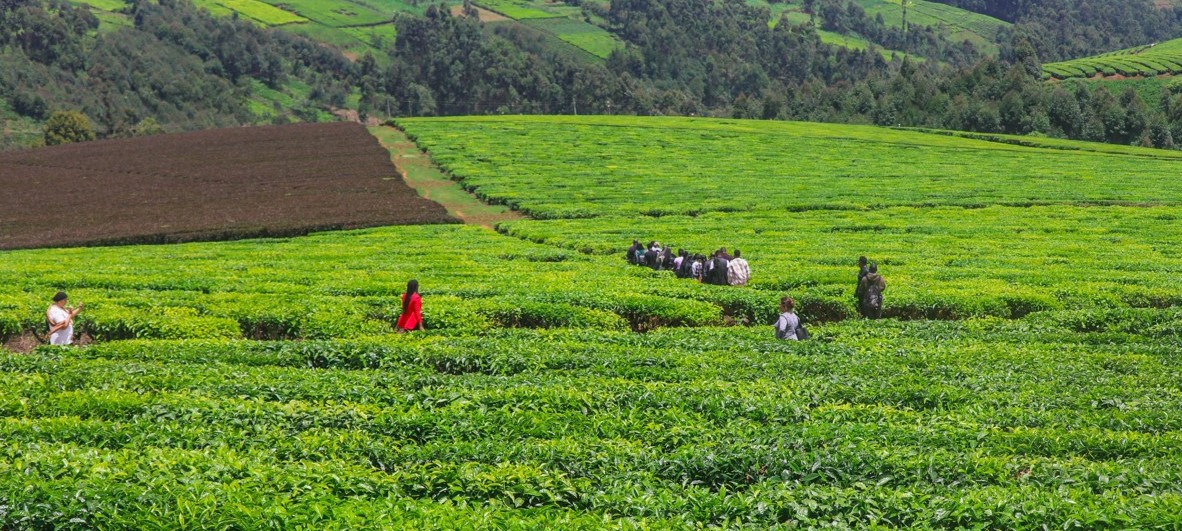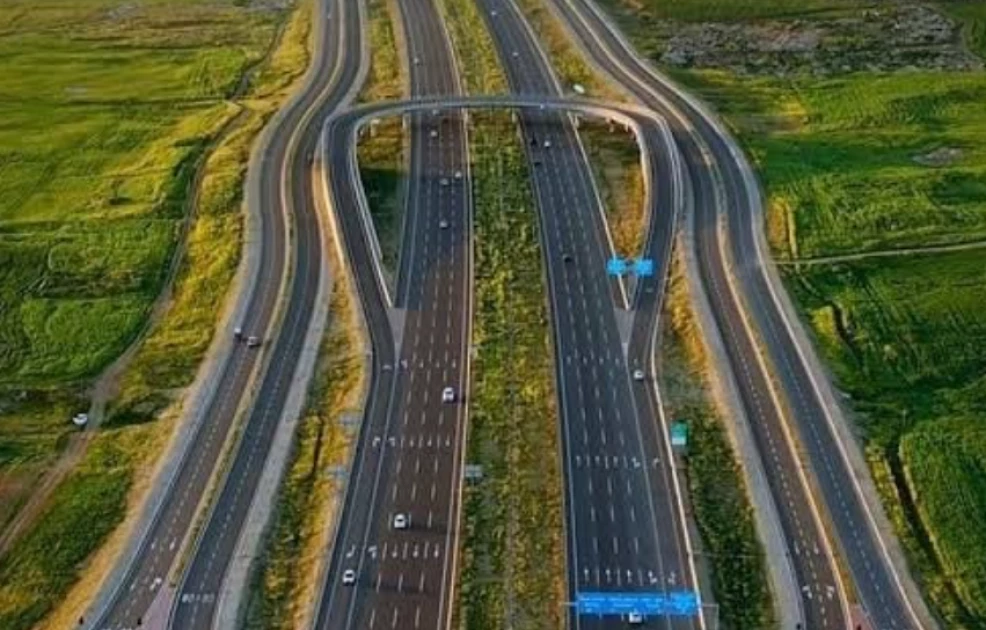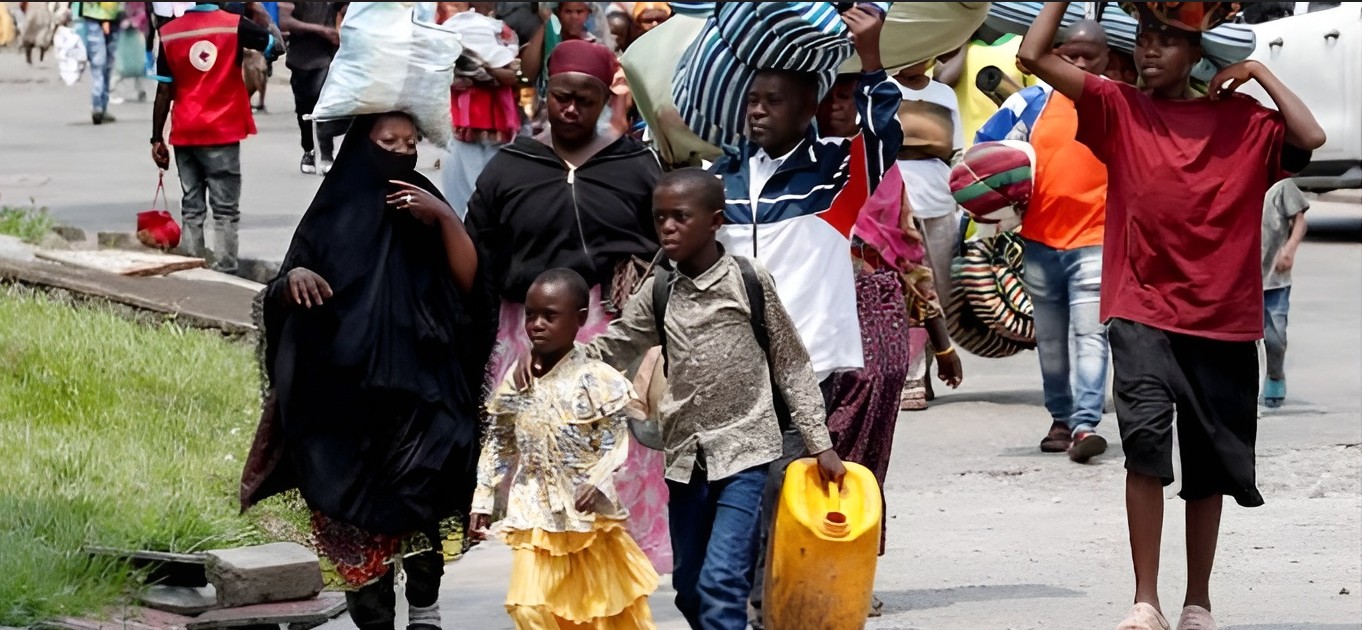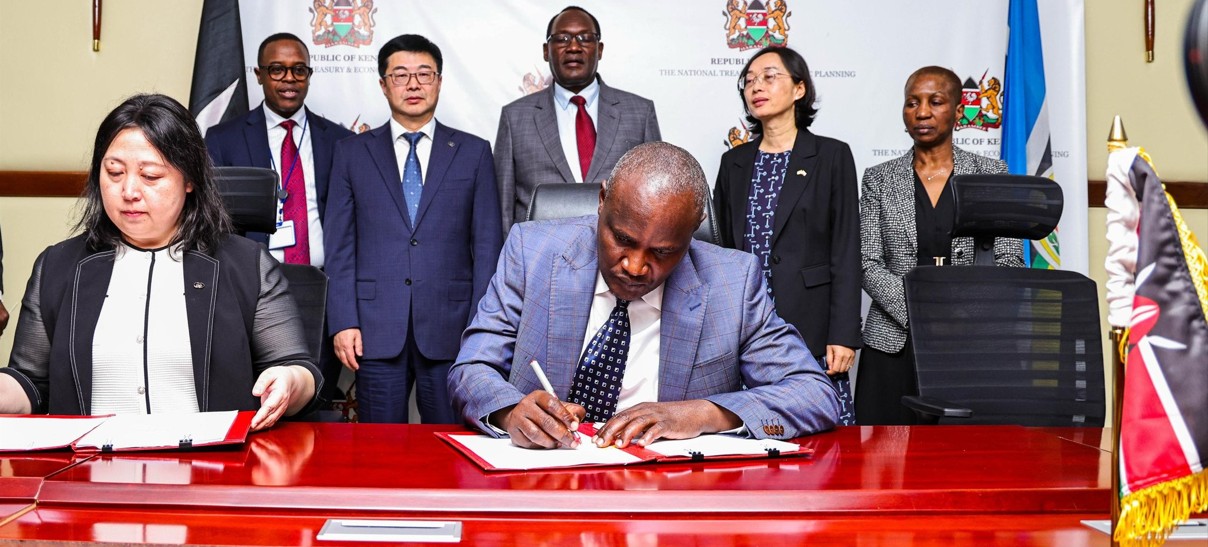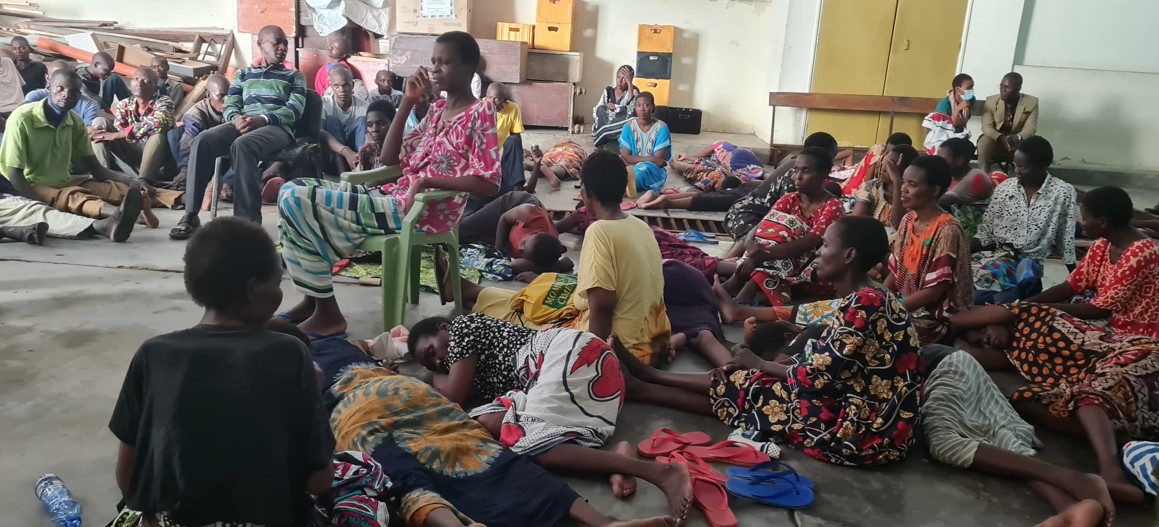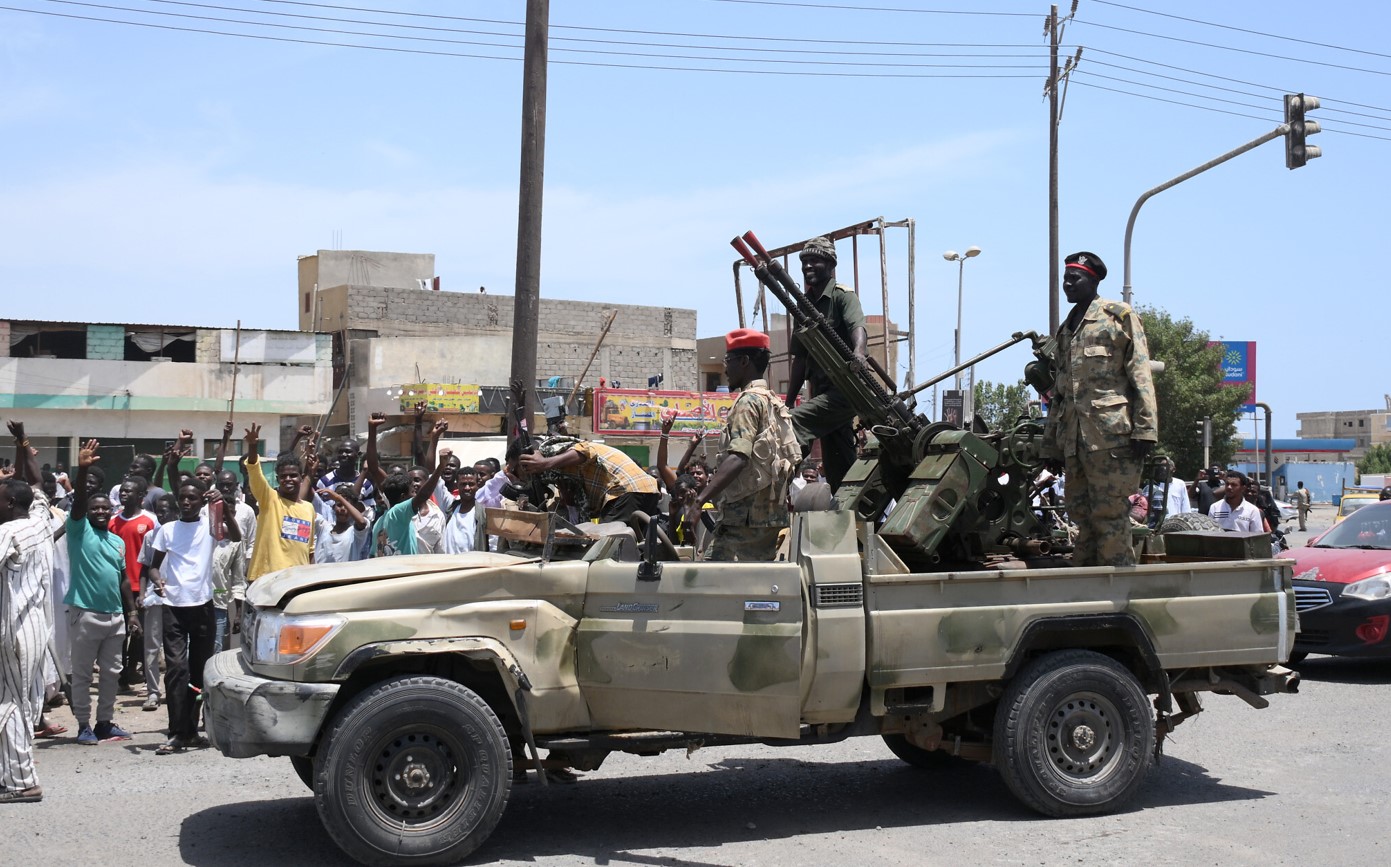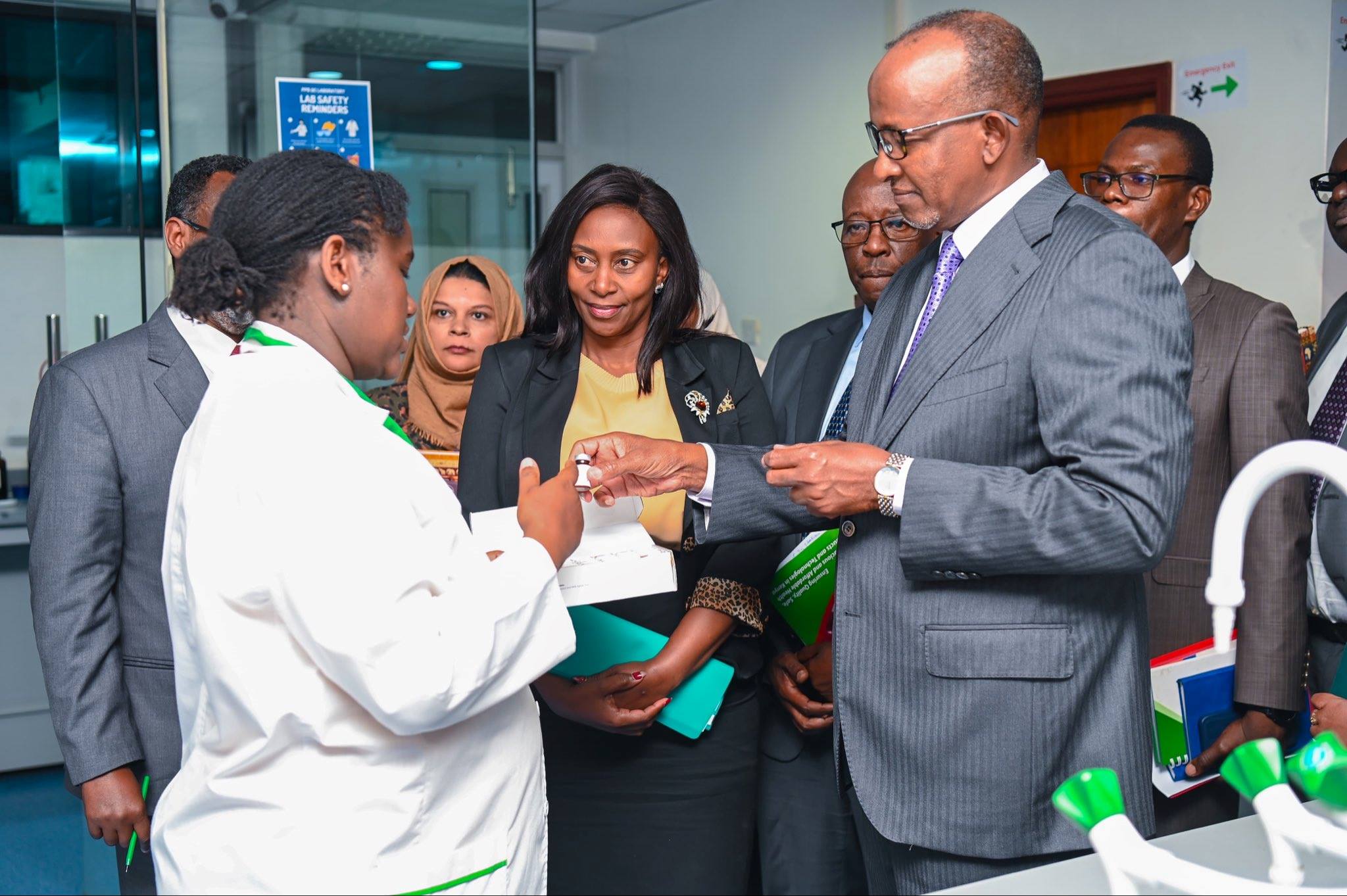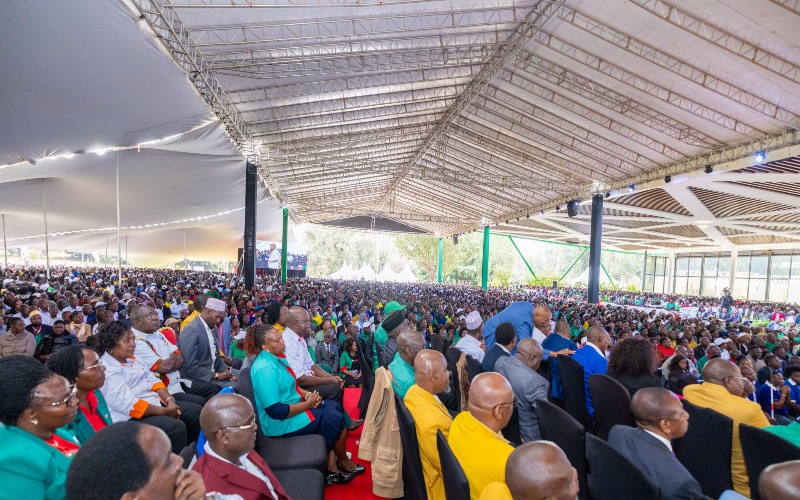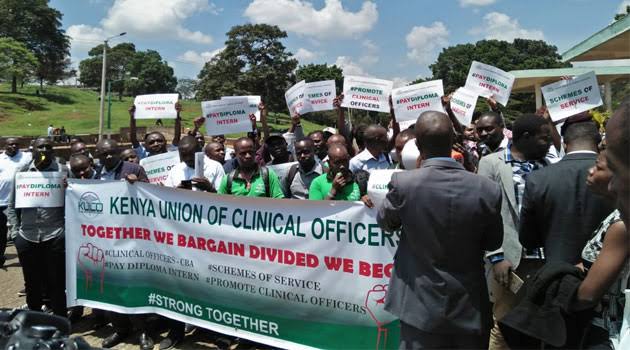Will the 2026 World Cup be a disaster for fans?

The 2026 FIFA World Cup is set to be the most expensive, polluting and political yet.
Immigration difficulties, mass deportation raids and climate issues have plagued the United States, the biggest of the three World Cup host countries, for most of 2025.
With the first phase of ticket sales leaving fans astounded by the record-high prices, it raises the question: how much will fans really be able to enjoy the 2026 World Cup?
More To Read
- Cristiano Ronaldo cleared for 2026 World Cup opener despite three-match ban
- Sudan ceasefire bid in limbo as army chief Abdel Fattah rejects Trump proposal while RSF agrees
- Minnesota leaders rally against Trump’s threat to end Somali Temporary Protected Status
- G20 summit in South Africa adopts declaration despite US boycott
- South Africa rejects US plan to send Chargé d’Affaires for G20 handover
- Trump to focus on ending Sudan civil war
Immigration struggles
Since Donald Trump's return to power, the US has made entering the country a nightmare for many.
Unpredictable rejections and even detentions at the border made headlines early in the year, notably in March when German citizens were being detained by US immigration.
The previous two World Cups had a fast-track, temporary visa process, but the US has yet to offer such a program. The final tournament schedule won't be clear until the draw on December 5, leaving many fans facing a lengthy bureaucratic process before even knowing when, or if, their country will play.
For some, attending the tournament may already be legally impossible. At the start of the summer, Trump announced a new list of countries whose citizens are outright banned from travelling to the USA. An exception was defined for the players and staff from any sporting team taking part in the tournament, meaning the teams will be allowed in, but fans will be left sitting at home.
So far, the only nation from that list which has qualified for the World Cup is Iran. But local media in Brazil have speculated that their fans may also be barred from travel, as Trump has heavily sanctioned the South American country over the prosecution of former president and ideological ally Jair Bolsonaro.
A World Cup without fans from Brazil, the only country to have qualified for every edition, is unimaginable.
Mass deportations
As difficult as getting into the country may be, staying might be just as hard. Mass deportation raids by Immigration and Customs Enforcement (ICE) have been carried out across the country for months now. The targets are usually large, liberal-voting cities such as Los Angeles and Chicago. Many of these cities will be host sites for the tournament next year.
During the summer's Club World Cup, Immigration and Customs Enforcement (ICE) made its presence known. In a post on X, they stated their officers were "suited and booted, ready to provide security." Despite quickly deleting the post, they still advised attendees to carry proof of legal status.
Though the tournament ultimately concluded without any major ICE-related incidents, the statements caused enough fear to keep many fans away. Should this continue into next year, many fans might be discouraged from travelling.
High financial and environmental costs
On top of these civil rights concerns comes the financial impact on fans.
The most expensive 2026 final tickets are nearly four times higher than those in Qatar 2022 — from roughly $1,600 (€1,375) then to over $6,300 (€5,400) now.
Prices vary for the group stage and opening matches of each host nation. Matches played in Los Angeles and San Francisco, for example, are more expensive than those in Dallas and Philadelphia. But even with these disparities, group stage tickets, historically the cheapest of the tournament, are still about three times higher than in the last edition.
Combined with "variable-pricing" schemes and resale portals with no price cap, simply getting a ticket could cost fans hundreds to thousands of dollars. Travel to the country and accommodation costs will make the trip even more untenable.
Along with the financial cost, there is also a large environmental cost.
After the last World Cup took place in the small Gulf state of Qatar, this edition sees games taking place across the three biggest North American nations. This means teams and fans will have to rely primarily on air travel.
The US will play its first game in Los Angeles, the second in Seattle, and the third again back in LA. That's nearly 2,000 miles travelled on the most polluting form of transportation.
While car rentals and ridesharing might offer a possibility for travelling fans, the increase in road traffic is expected to be so great that it will reportedly contribute to making this World Cup the most polluting ever.
Public transportation options also remain a major concern. The AT&T Stadium near Dallas, for example, will host the most matches of any venue, but cannot be reached by public transport.
FIFA remain optimistic
FIFA President Gianni Infantino has reassured the public that immigration issues will not be a concern.
"There is definitely a commitment of the government in the United States to make sure that the process is smooth, so fans from all over the world will be welcome," Infantino said during a press conference in August. He did not, however, detail how this process will work.
FIFA's media director Bryan Swanson defended the ticket pricing structure, saying it is crucial to have "a ticketing model that reflects our responsibility to provide access to fans, while at the same time ensuring as much value as possible is retained for redistribution into the game around the world."
When it comes to civil and human rights concerns, a group of 90 rights groups signed an open letter to FIFA asking them to address the growing abuses in the United States. No direct response was given.
Top Stories Today
